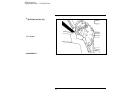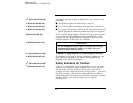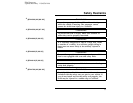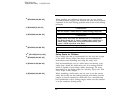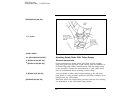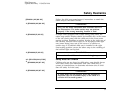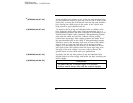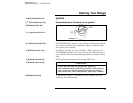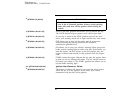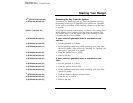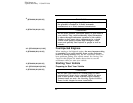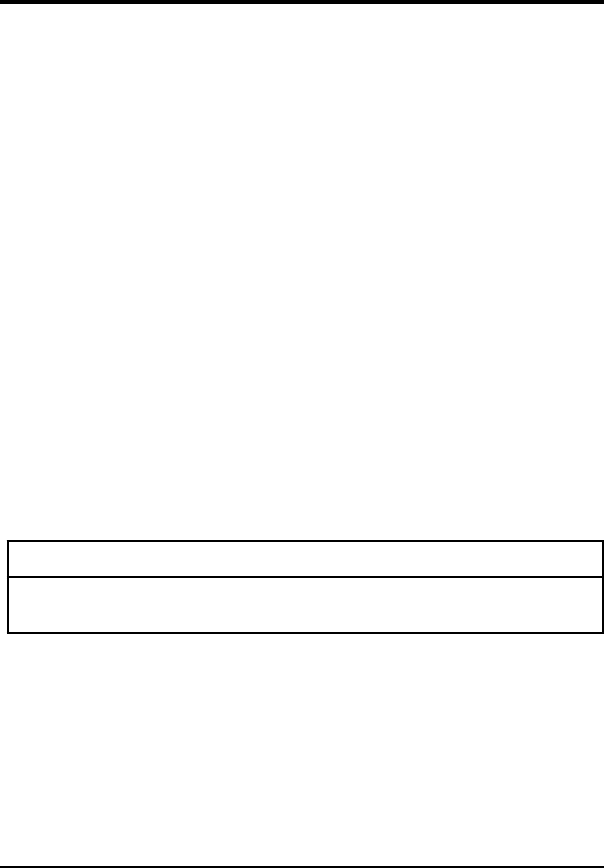
40
*
[SR20000(ALL)07/95]
If the shoulder belt portion of one of the lap and shoulder belts
can be positioned so that it does not cross or rest in front of the
child’s face or neck, the child should wear the lap and shoulder
belt. Moving the child closer to the center of the vehicle may
help provide a good shoulder belt fit.
*
[SR20050(ALL)07/95]
To improve the fit of lap and shoulder belts on children who
have outgrown child safety seats, Ford recommends use of a
belt-positioning booster seat that is labelled as conforming to all
Federal motor vehicle safety standards. Belt-positioning booster
seats raise the child and provide a shorter, firmer seating
cushion that encourages safer seating posture and better fit of
lap and shoulder belts on the child. A belt-positioning booster
should be used if the shoulder belt rests in front of the child’s
face or neck, or if the lap belt does not fit snugly on both
thighs, or if the thighs are too short to let the child sit all the
way back on the seat cushion when the lower legs hang over
the edge of the seat cushion. You may wish to discuss the
specific needs of your child with your pediatrician.
*
[SR20200(ALL)07/95]
Lap belts and the lap belt portion of lap and shoulder belts
should always be worn snugly and below the hips, touching the
child’s thighs.
*
[SR20300(ALL)08/95]
RWARNING
To reduce the risk of serious injury in a collision,
children should always ride with the seatback upright.
File:03unsrr.ex
Update:Wed May 1 13:43:56 1996



